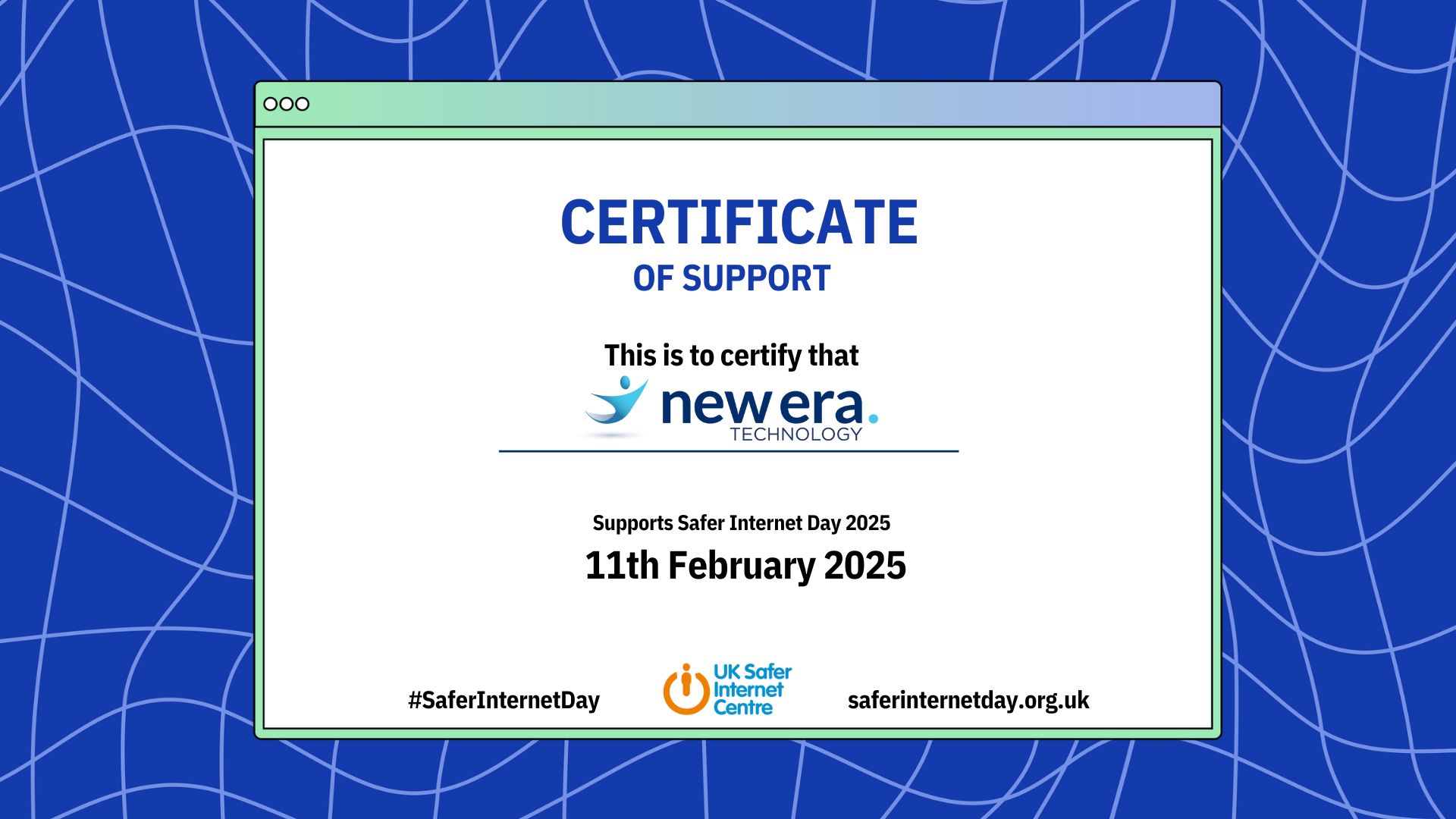It is imperative that primary schools integrate online safety education throughout the entire academic year to ensure that young students develop the necessary skills and awareness to navigate the digital world safely and responsibly.
The Digital Landscape for Young Learners
Children are engaging with digital technologies at increasingly younger ages, utilising the internet for learning, entertainment, and social interaction. This early exposure, while beneficial in many respects, also presents various challenges and risks, including exposure to inappropriate content, cyberbullying, and online predators.
The Role of Schools in Online Safety Education
Schools serve as pivotal environments for imparting online safety education. By adopting a whole-school approach, institutions can create a culture of digital responsibility and safety. This involves not only dedicated lessons on online safety but also integrating digital literacy across various subjects, ensuring that students recognise the relevance of safe online practices in all areas of their digital interactions.
Key Components of Continuous Online Safety Education
- Curriculum Integration: Embedding online safety topics within the existing curriculum allows students to understand digital responsibility in various contexts. This includes lessons on recognising misinformation, understanding privacy settings, and the implications of sharing personal information online.
- Teacher Training and Resources: Educators should be equipped with up-to-date knowledge and tools to effectively teach online safety. Professional development programs can enhance teachers’ confidence in addressing complex topics such as cyberbullying, digital footprints, and online grooming.
- First-hand experience: Children are already likely to gain their own first-hand experience through the use of technology outside of school but will have limited opportunities to engage in moderated environments where behaviours can be modelled, scaffolded and challenged.
- Parental Involvement: Engaging parents in online safety education fosters a consistent message between home and school. Workshops, informational sessions, and resource sharing can empower parents to reinforce safe online behaviors and monitor their children’s digital activities effectively.
- Student Empowerment: Encouraging students to take active roles, such as becoming digital leaders or ambassadors, promotes peer-to-peer education. This approach not only reinforces their learning but also fosters a supportive community where students look out for one another.
Adapting to Emerging Challenges
The digital landscape is continually evolving, with new platforms, applications, and potential threats emerging regularly. For instance, the rise of artificial intelligence introduces complexities such as deepfakes and sophisticated phishing scams, which can be particularly deceptive to young users. Continuous online safety education ensures that students are not only aware of existing risks but are also equipped with critical thinking skills to navigate new challenges as they arise.
Conclusion
While designated events like Safer Internet Day are instrumental in raising awareness, the responsibility of educating young learners about online safety must extend throughout the year. By embedding comprehensive online safety education into the fabric of primary schooling, we equip our children with the knowledge and skills necessary to navigate the digital world safely, fostering a generation of responsible and informed digital citizens.
One way schools can effectively support this ongoing education is through DB Primary—our secure, engaging online learning platform designed specifically for primary schools. With built-in safeguarding tools, age-appropriate digital literacy resources, and a safe online environment for children to develop key digital skills, DB Primary enables schools to create a year-round, structured approach to online safety education. By integrating platforms like DB Primary into daily learning, schools can ensure that students receive consistent, practical guidance on staying safe in the digital world.

 Australia
Australia Canada
Canada LATAM
LATAM New Zealand
New Zealand UAE
UAE United States
United States








